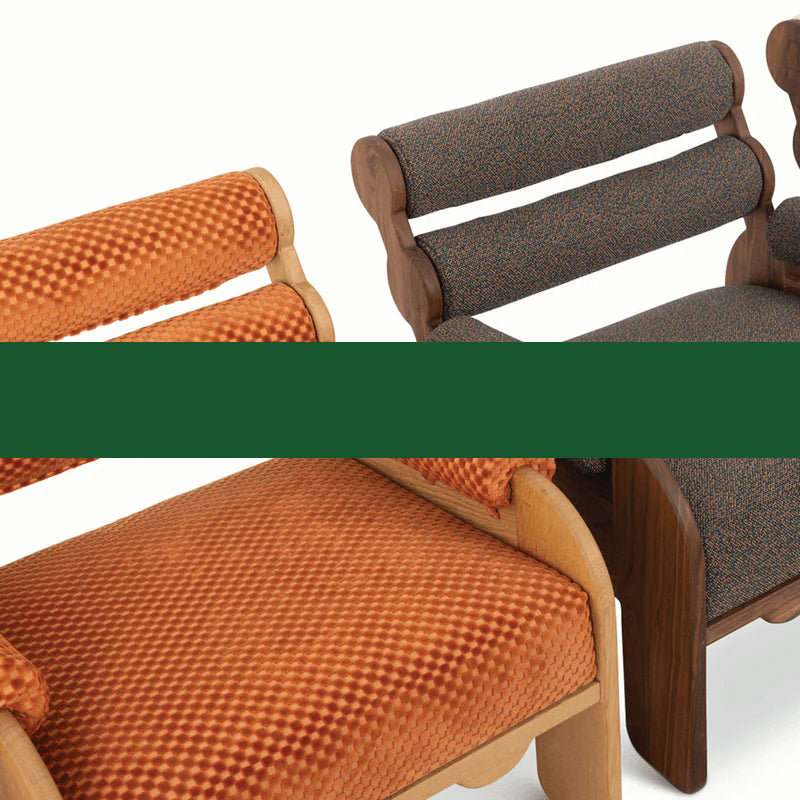
Shuffleboard has a rich and diverse history, evolving significantly over the centuries. Originating in 15th-century England, the game began as "shove-groat," where players slid coins or small discs across a smooth tabletop surface. The objective was to land the coin as close as possible to the edge without it falling off. This game gained popularity among both commoners and nobility, eventually finding its way into palaces and taverns. By the 16th century, variations of shuffleboard were played in European courts, where it became a favored pastime for monarchs such as Henry VIII.

As shuffleboard gained popularity, it underwent modifications to accommodate different playing environments. In the 19th century, the tabletop version transitioned into a more structured game with defined rules and equipment, including pucks and cue sticks. Around the same time, larger versions of the game were developed for floors, which eventually became the modern indoor shuffleboard we recognize today. These innovations made shuffleboard more accessible and allowed it to be enjoyed in a variety of settings, from pubs to private homes.

The 20th century marked a major turning point for shuffleboard with the rise of outdoor play. Floor shuffleboard gained widespread popularity in the United States during the 1920s and 1930s, particularly in retirement communities in Florida. Courts were designed with long rectangular surfaces marked with triangular scoring zones, and players used long cues to slide their discs toward the target area. This outdoor version became a symbol of leisurely activity and was embraced by people of all ages, contributing to shuffleboard’s status as a recreational staple.

In the 21st century, shuffleboard has experienced a resurgence, thanks to its appeal as a social and competitive game. Modern venues, including bars and entertainment centers, have adopted tabletop shuffleboard as a trendy activity, often blending traditional play with contemporary aesthetics. Meanwhile, organizations and clubs have continued to promote floor shuffleboard as a sport, hosting tournaments and preserving its competitive spirit. The game's evolution reflects its adaptability and enduring appeal, making it a beloved pastime with deep historical roots.

In the year 2015 Sean Woolsey Studio began hand crafting shuffleboard tables in Costa Mesa, CA. The first shuffleboard table was the Woolsey Shuffleboard Table. Since beginning crafting them, we have added many varieties and styles of our designs, from our Revival Shuffleboard Table to our Neo Shuffleboard Table. Whether you prefer to slide your pucks on the ground or on a maple plank, the game of shuffleboard is surely here to stay and there are a myriad of designs to choose from.






















Leave a comment
This site is protected by hCaptcha and the hCaptcha Privacy Policy and Terms of Service apply.